Four EFL Speaking Activities that Work
Speaking activities should be the core of the communicative approach. However, there are many textbooks that come with very few exercises to practise this skill. And then you have to create your own. To save your time and energy I will share four speaking activities that worked very well in my classes.
<!– wp:more –>
EFL Speaking Activities – Draw the Picture
ADVERT:
[showmyads]
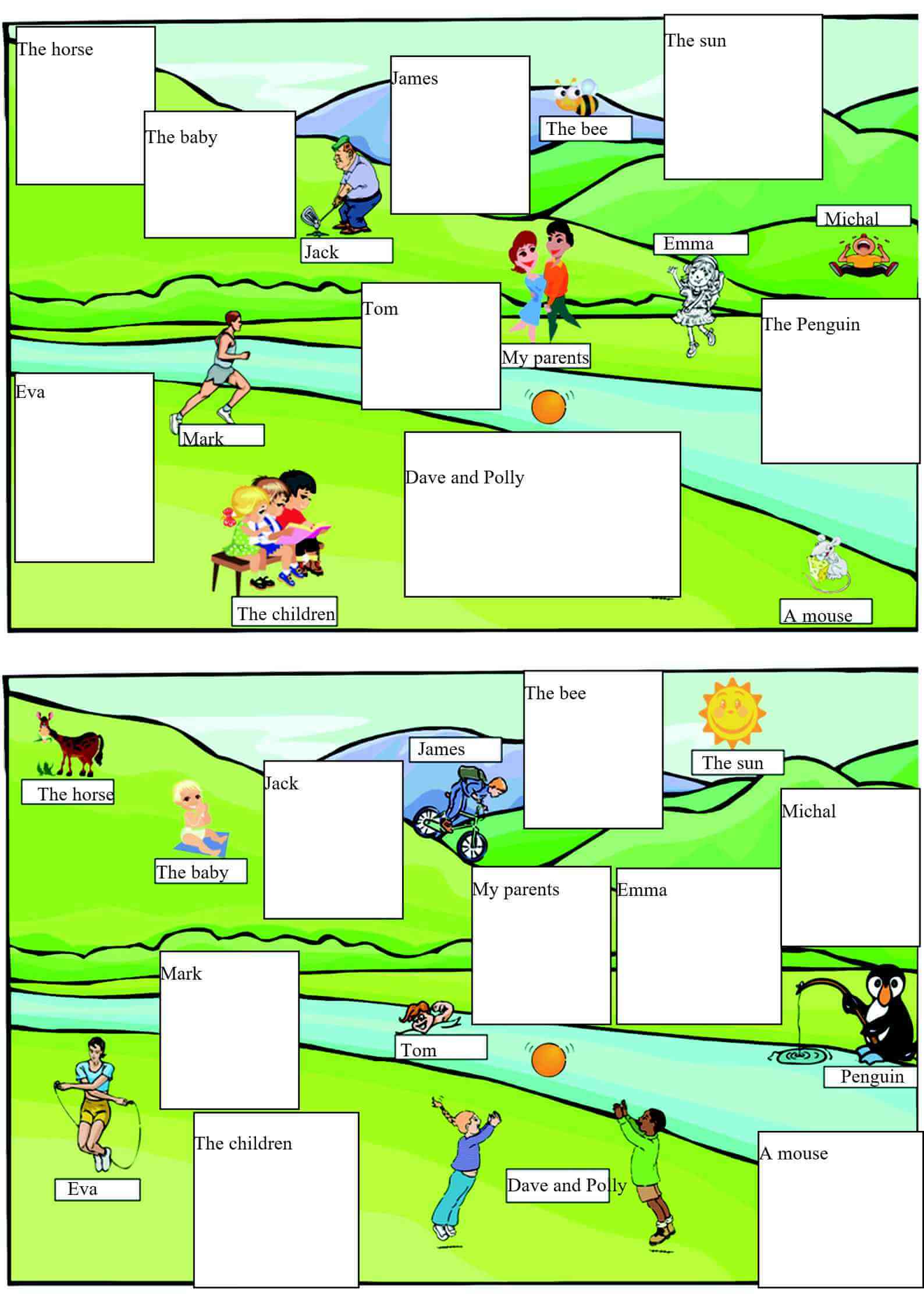
Seat the students in pairs and give one of them the worksheet A and the worksheet B to the other one. Students should ask about the people in the white squares and draw them into the picture.
Elicit the question: “What is …. (the name) … doing?”
One student asks and the other draws it into their picture. If you want to practise the vocabulary for clothes too, you could make the students ask the additional question: “What is …(the name)… wearing?”
Students take turns and they try to finish the picture.
This leads to a lot of speaking and communicating.
EFL Speaking Activities – Family tree
Ask the students to complete the worksheet for their families. Help them if necessary. If the students do not have the relatives, they should make the names up.
ADVERT:
[showmyadsa]
Then students work in pairs and one of the students dictates the names to the other one. It is a great opportunity to practise spelling. Once they finish, they swap roles.
Having finished, students turn the worksheet and try to complete the family tree for their family again. Once they have completed it, they dictate the names and their relationship to their partner.
In this way students practise the family relationships perfectly.
EFL Speaking Activities – Where is my Sock?
However, sometimes a miracle happens and I create an activity that works very well and my students like it. And exactly this occurred last week.
The activity is called Where is my Sock. After learning the rhyme Where is my Sock? from the textbook Happy House 2 (unit 5) I handed out the following picture to everyone.
Where is my Sock – houseThen students worked in pairs and one of them got the pictures of a sock, a bag and a shoe.
Where is my sock – things
“Is it in the kitchen?”
“No.”
“Is it in the bathroom?” etc.
Once the pupil found the objects, they swapped roles.
Students enjoyed the game and they practised the questions and the names of the rooms.
EFL Speaking Activities – Personal questions
Print the following worksheet. Each student needs one. Ask the students to make up the personal details. Just ask them to include @ and dot in the email and keep the telephone number reasonably long (nine digits in the Czech Republic).
Put the students in pairs and ask them to ask the questions and complete the second column.
Delete the questions you are sure your students know well and put them into different pairs. Students ask the questions again and complete the third column.
This activity works very well in a class in which students know each other fairly well.
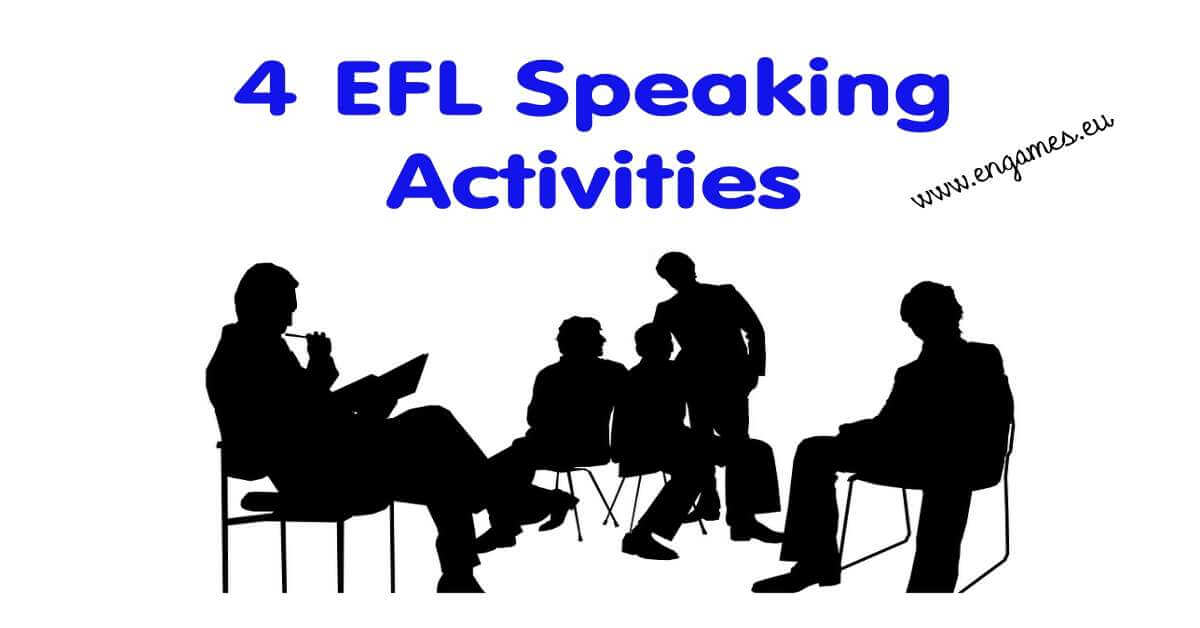


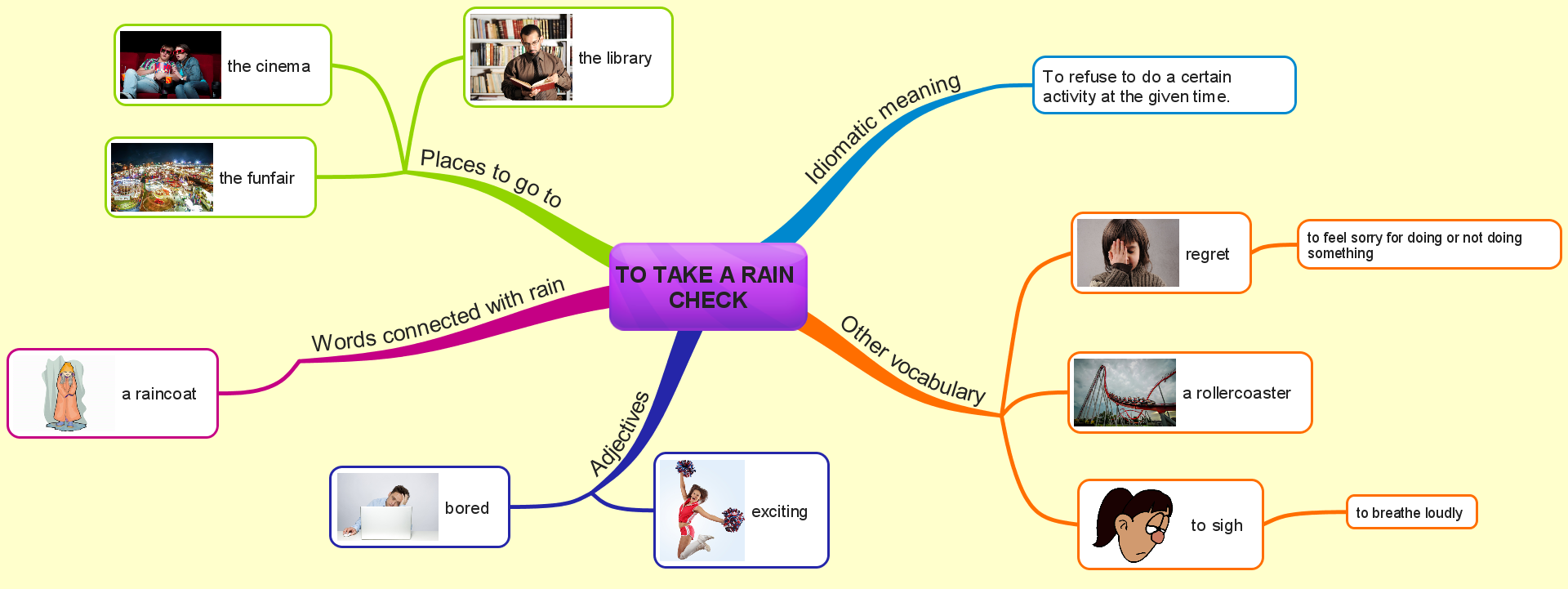
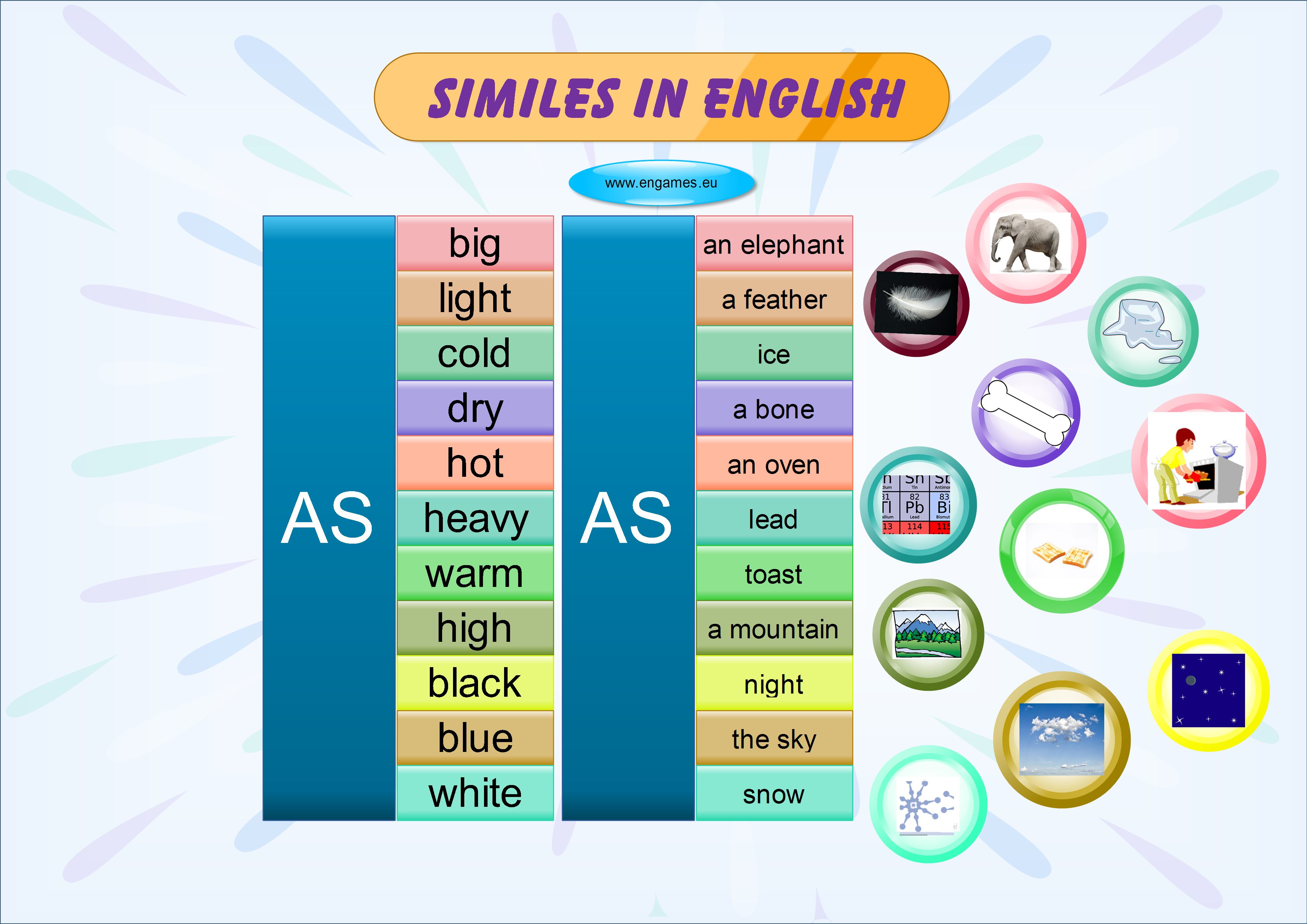
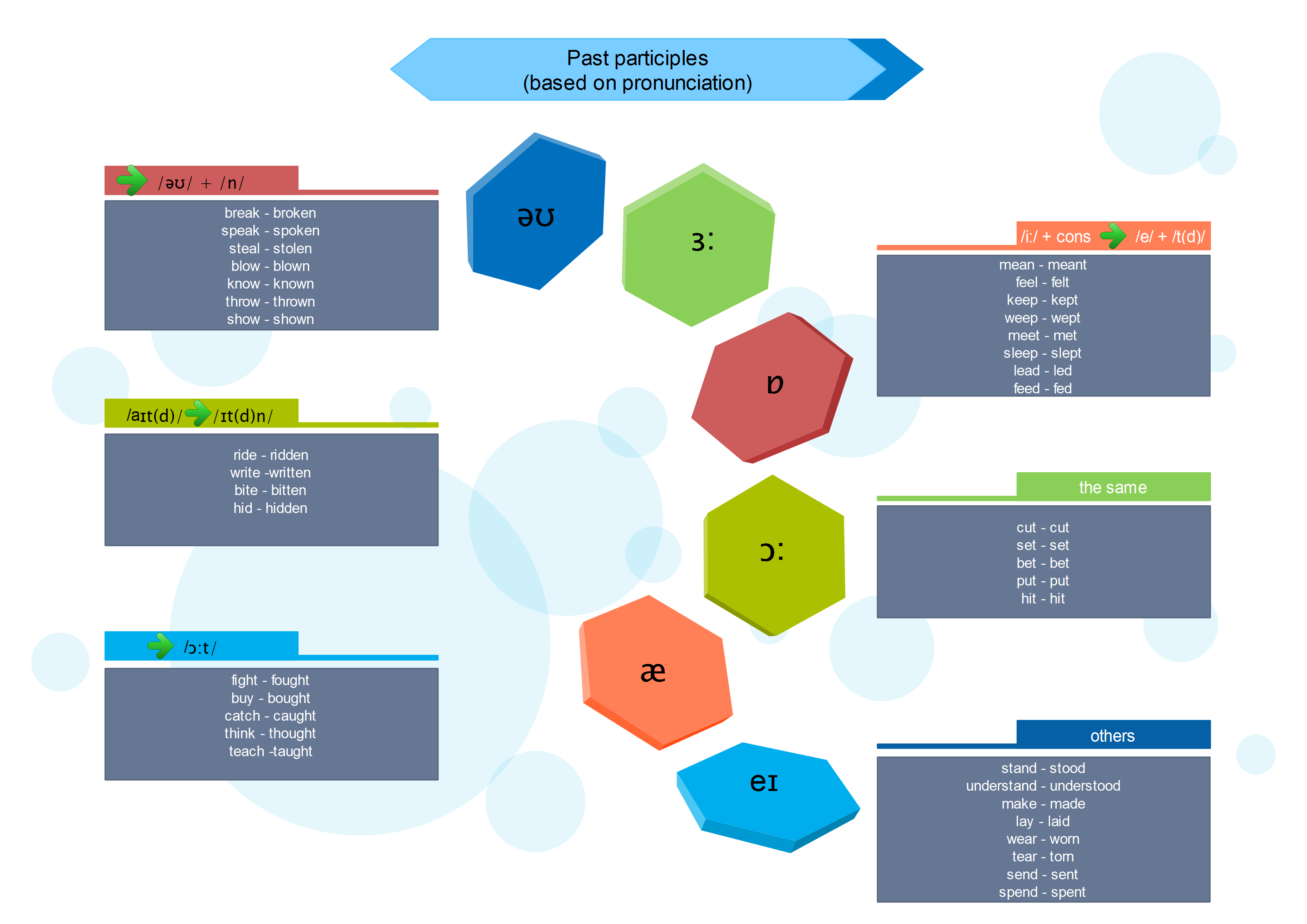
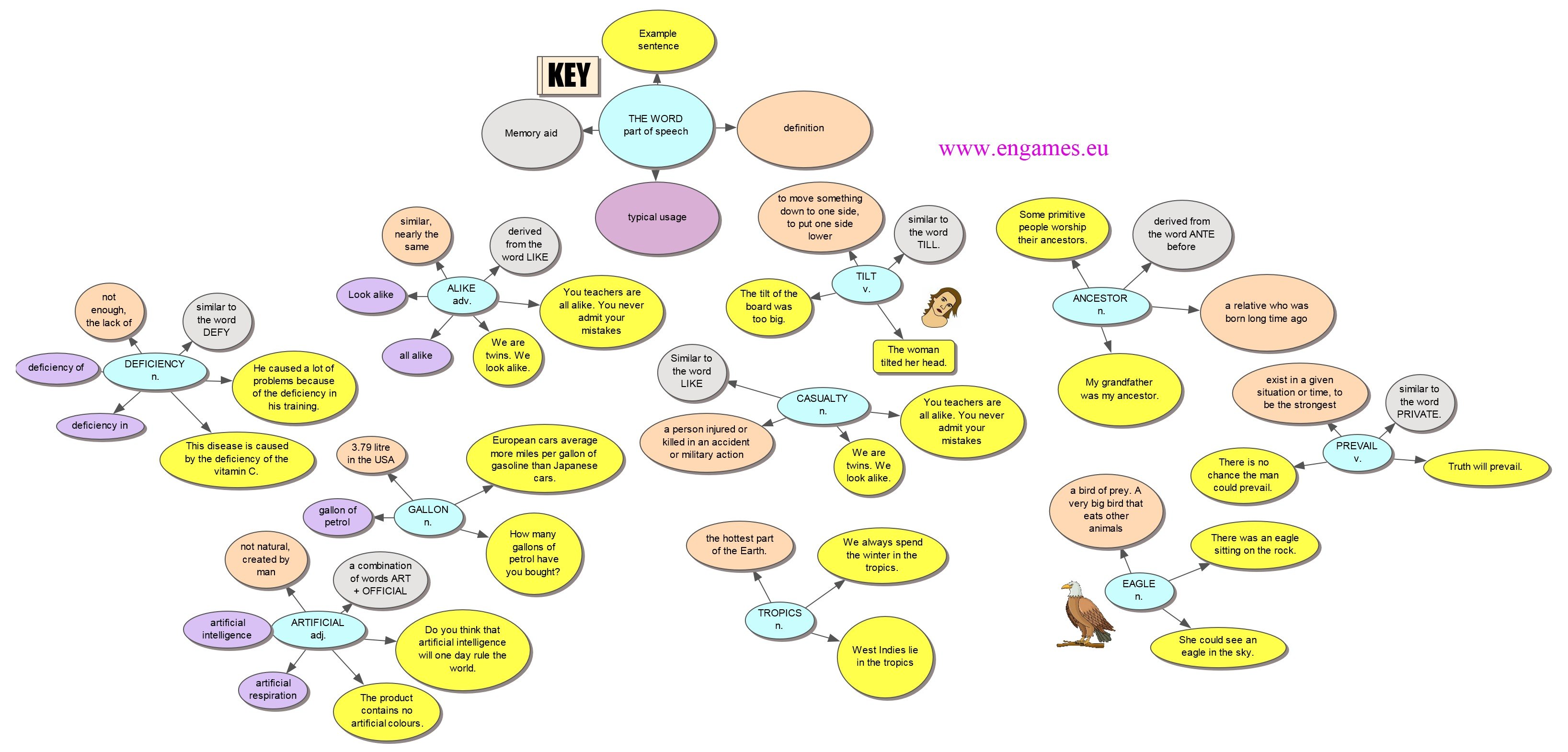
Thanks for sharing Zdenda. Learning in english foreign language(EFL) is definitely hard but we used to find ways for a better way. Now, I can apply some for my EFL basic strategies. Is there any free apps for mobile phones?Thanks
I am afraid, I cannot make any mobile apps. Sorry. However, many of the games work on mobiles.